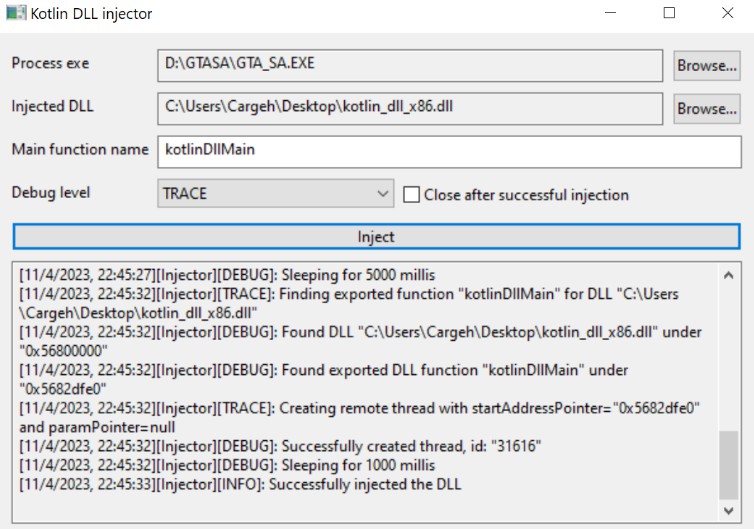In this project we will look at the dependency injection Dagger basics and the concepts are demonstrated in different branches
What is an Dependency?
Lets consider the example of car.
Car has Engine and Wheels
Engine has Cylinder, piston
Wheels has tyres and Rims
and these dependency continues
Engine
class Engine
Wheels
class Wheels
Car
class Car constructor(engine: Engine, wheels: Wheels) {
fun driveCar() {
Log.d("Lloyd", "Driving car")
}
}
How to call the driveCar() method ?
/*
In order to create an object of car we need to create the Engine and wheel objects
as car has a dependency on Engine and Wheels.
Engine might also have dependency on Cylinder, piston etc
Wheels might also have dependency on Tyres, Rims etc
So we end up creating many objects in order to create a car object
*/
val engine = Engine()
val wheels = Wheels()
val car = Car(engine, wheels)
car.driveCar()
Why Dagger?
The idea behind dagger-android is to reduce the boilerplate needed to inject objects.
Note
Make sure you check the branches in the following order
- master
- constructor_injection
- field_injection
- method_injection
- module
- interface_dependency

